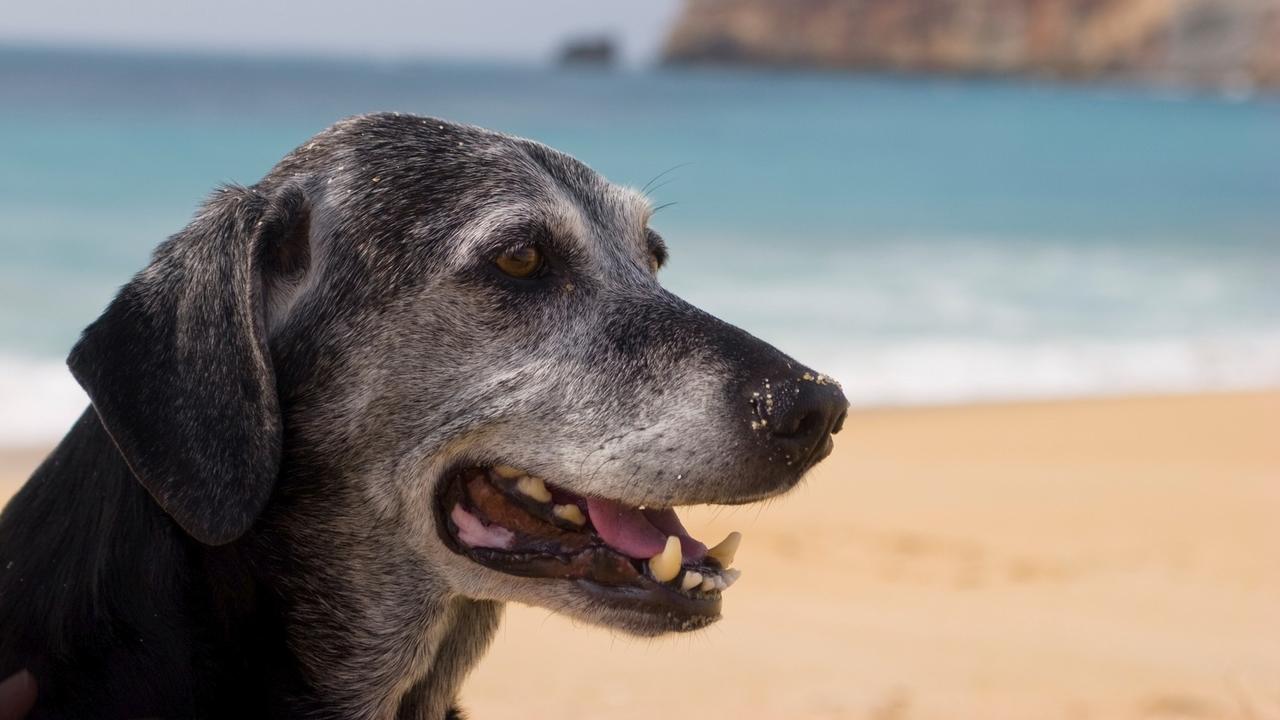Exercise is the Canine Fountain of Youth

Dr. William Buchan, an 18th century Scottish physician, wrote “of all the causes which conspire to render the life of a man short and miserable, none have the greater influence than the want of proper exercise.”
In people, the aging process typically begins around age 40. Strength begins to decrease and worsens as we age. Aging is the impact of time on the body and happens at different levels - cellular, hormonal, and metabolic.
Almost any type of exercise will slow the aging process, deep within the cells.
Aging, at the cellular level, is based on the number of times a cell has replicated. The more free radical damage there is to a cell, the more often it must replicate. After approximately 50 times of replicating, the genetic material in the cell can no longer be replicated accurately. This is due to shortened telomeres. So cellular aging is determined by the length of the telomeres.
But what’s a telomere?
The telomeres are the caps that sit on the ends of the DNA strands. They protect the DNA from damage during cell division and replication. As the cell ages, the telomeres naturally shorten and fray. This can be accelerated by various things such as obesity and other lifestyle management choices. But studies have shown that exercise slows the fraying process.
In a study published in October of 2015, in Medicine and Science in Sports and Exercise, researchers from the University of Mississippi and California examined these telomeres and their relationship to exercise. What they discovered was that the more active the person was, the longer the telomeres. Even walking was better than no exercise. Increased activity meant even longer telomeres.
And shorter telomeres were predictive of a shorter life.
If we extrapolate this study to dogs, whose biochemical and cellular make-up is like ours, then we can probably surmise that increased activity will be linked to longer telomeres in them as well - longer telomeres and thus a longer life.
Since any exercise was of benefit in the study, then even the simplest movements, the easiest of fitness programs should increase the longevity of our canine family. And low impact exercise like balance training will slow the cellular aging process within our dogs.
Balance training also strengthens the muscles that stabilize our dogs and help prevent falls. As your dog loses strength associated with aging, the slow, methodical movements of balance training work can be used to counter it.

Balance training strengthens the core muscles and increases your dog’s ability to stabilize. Balance training with exercises like standing on three legs increases strength in the postural muscles and the legs as well.
In our younger dogs, particularly those doing performance activities, balance training prepares your dog’s body for more advanced exercises and the opportunity to strengthen major muscle groups.
This helps your dog develop speed, endurance, and produce power.
Balance training is a crucial part of your dog’s foundation in fitness, leading to a longer life and providing a basis for good health and better performance in all activities. And it does indeed, seem to be the Fountain of Youth.